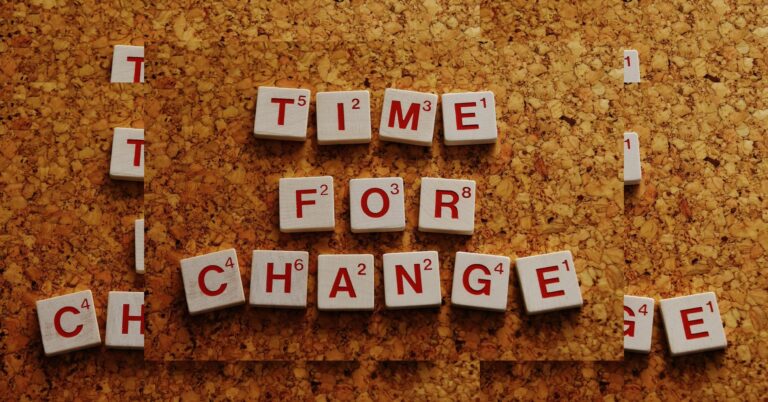When you see someone struggling, your instinct might be to step in and help. It’s a natural response, driven by empathy and a genuine desire to make a difference. But what if your well-intentioned efforts to help are actually doing more harm than good? There are times when helping isn’t helping, and recognising these moments can mean the difference between empowering someone and inadvertently enabling them.
Think about a time when you’ve offered assistance, only to realise later that it didn’t achieve the outcome you hoped for. Perhaps your help was met with resistance or left the person no better off—or even worse off. This happens because not all forms of help are constructive. To truly support someone, you must consider the type of help you’re offering, the situation, and, most importantly, the person’s readiness to accept it.
Helping crosses the line into enabling when you take on responsibilities that the other person is capable of managing themselves. By stepping in too quickly or too often, you risk creating a dependency rather than fostering independence. You might think you’re making things easier for them, but in reality, you’re robbing them of the opportunity to grow and learn from their challenges.
“Give a man a fish, and you feed him for a day. Teach a man to fish, and you feed him for a lifetime.” -Confucius
Imagine a friend who constantly leans on you for financial support but never takes steps to improve their situation. Each time you bail them out, you reinforce their reliance on you instead of encouraging them to take control of their finances. Your help, though well-meaning, becomes a crutch that prevents them from building resilience and solving their own problems.
Another way help can backfire is when it takes the form of unsolicited advice. You may believe you have the solution to someone’s problem, but offering advice they haven’t asked for can feel intrusive or patronising. It’s easy to fall into the trap of thinking you know what’s best for someone, but you can’t always see the full picture from their perspective. Sometimes, people simply need to vent or process their emotions, not be told what to do.
Instead of jumping in with advice, ask questions that encourage them to think critically about their situation. “What options have you considered?” or “What do you think would work best?” can open the door to a more constructive conversation, where the person feels supported rather than directed.
Helping without boundaries can also be problematic. If you find yourself constantly putting someone else’s needs ahead of your own, it can lead to burnout and resentment. True support is a two-way street, and keeping healthy boundaries ensures that your help stays effective and sustainable.
“No is a complete sentence.” -Anne Lamott
Consider setting limits on the time, energy, or resources you’re willing to give. Being clear about what you can and cannot do doesn’t make you selfish; it makes your help more intentional and impactful. It also encourages the other person to take responsibility for their own growth.
The most effective help is empowering rather than rescuing. Empowering someone means giving them the tools, confidence, and encouragement to tackle their challenges independently. It’s about being a guide rather than a saviour, offering support without taking over.
For example, if a colleague is struggling with a task, resist the urge to do it for them. Instead, show them how to approach it, provide resources, or share your ability in a way that equips them to succeed on their own next time. Empowerment builds competence and confidence, paving the way for long-term growth.
Sometimes, the best way to help is to step back and allow the person to face their challenges alone. This can be incredibly difficult, especially if you care deeply about them, but it’s often necessary. Struggles are a natural part of growth, and by stepping aside, you’re giving them the space to build resilience and self-reliance.
“It is not what you do for your children, but what you have taught them to do for themselves that will make them successful human beings.” -Ann Landers
Ask yourself: “Am I helping because they truly need it, or because it makes me feel better?” If the latter is true, it might be time to reconsider your approach. Helping should always be about the other person’s needs, not about easing your own discomfort or sense of obligation.
Helping is a beautiful and powerful act, but it’s not always as straightforward as it seems. To truly be effective, you need to reflect on whether your help is fostering growth or unintentionally holding someone back. By setting boundaries, offering support rather than solutions, and knowing when to step back, you can ensure that your help is genuinely helpful.
In the end, the goal is not to save others from their struggles but to empower them to save themselves. That’s when helping becomes not just a kind gesture, but a transformative one.








